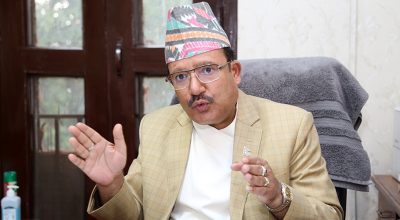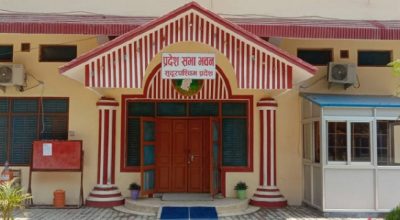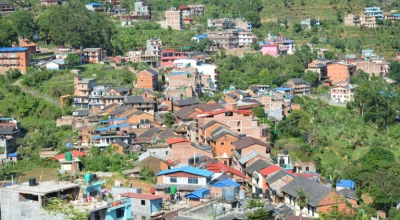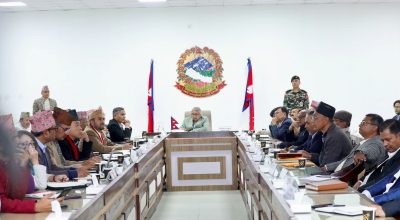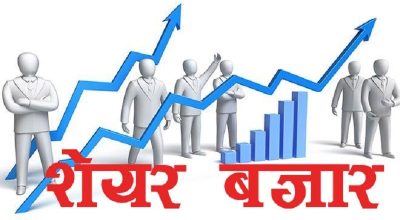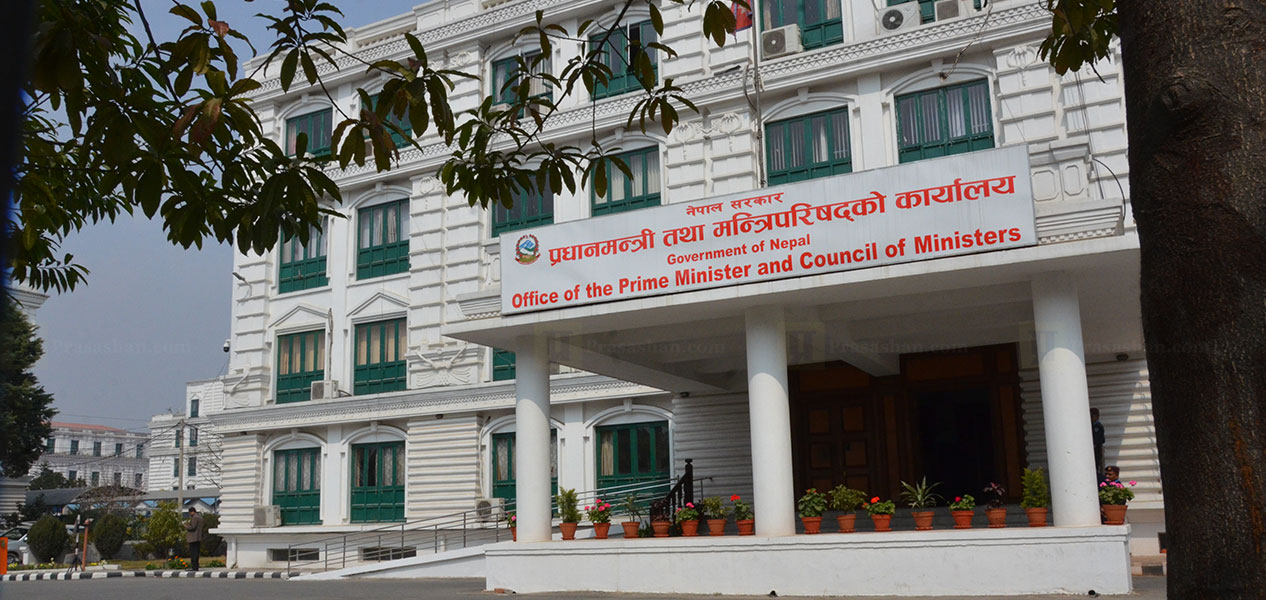
Kathmandu, July 25: As the fiscal year 2080/81BS (2023-24) concluded recently, the ministries and government offices across the countries have been releasing reports on numerous issues.
The data released from the government agencies finely depict the country’s status on the socioeconomic front.
At a time when we’ve been advocating for the national ambition of ‘Happy Nepali: Prosperous Nepal’, the data are the best indicators, which are not only for measuring our achievements but also for taking the moves for further progress.
Similarly, they must be strong reminders where our plans and practices failed to deliver or were up to the mark. As was the case long back, education, health, roadways, agriculture, economy, aviation, science, and research are still the areas that need adequate attention and engagement to ensure people’s realization of positive changes in their lives.
It is often admitted by policymakers and politicos alike that ‘byabastha badliyo, abastha badliyena’ (the systems changed, but people’s status). Irrespective of the political changes and movements, the dream of the development shown to the people has yet to be materialized fully. Better governance required That said, Nepal is not a laggard either.
Incremental change is witnessed. Literacy, life expectancy, health, and information systems have improved remarkably over the decades due to continued efforts despite limited resources.
At the same time, the present generation, which is connected to the world, finds it a dismal progress. Comparison with the neighbouring countries and others from the developmental perspective is normal.
The spurt of information technology has made available information of any kind from any corner of the world on everyone’s fingertip or a screen swipe. This hyper-connected generation seeks better performance, further accountability, and good governance along with intensified development works.
One’s development depends on how its functionaries ranging from economy to education, health to governance are faring. When it comes to the national economy, its further parameters are studied well which are directly linked to the overall development of the country and people. Production, industries, and trade come on top to determine the economic activities.
Harrowing data on import Undoubtedly, Nepal is a small economy. It is still called an agricultural country. But, the recent data on imports paint a harrowing picture of our economy and agriculture.
For example, a reporter for RSS from Jhapa district sent a news story that Nepal imported millet via the Kakarvitta border point which cost millions of rupees. In the last fiscal year alone, Nepal imported 17,797 tonnes of millet from India from the Kakarvitta checkpoint.
The import amounted to Rs 854 million. The millet import in the previous fiscal year, 2079/80 was however 16,035 metric tonnes which cost Rs 513 million. It is on the rise. Information on this was shared by Information Officer at the Plant Quarantine Office, Kakarvitta, Chandra Kishor Thakur.
Not only millet but also several other agricultural products are imported spending a huge amount of money.
At a time when we still term Nepal an agricultural country, which is rich in diverse topography and climate, the import of agricultural products must serve as a wake-up call. It is worrying that the bill of many such products is on a steady rise.
Thakur further informed that as the cultivation of millet declined sharply in Nepal, its import from India and the third countries grew in recent years. Millet, which we commonly call ‘kodo’ is rich in iron, and it is cultivated especially in the hilly and upper hilly regions of Nepal. ‘Dhindo’, a porridge-like food item, made up of millet four, is an essential Nepali cuisine.
Of late, even urban dwellers have a growing penchant for dhindo. Thanks to expanding cities and serpentine roads reaching the villages, even the city folks are enjoying its organic taste. But, it is, now, sure all millet flour is not the one produced entirely within the country, as the data on import reflects.
In addition to the kodo, the import list goes- pumpkin, chilies, okra, tomato, squash, yam, carrot, gourd, rice, pulse (legume) etc.
In the last fiscal year, Nepal imported pumpkin worth Rs 211 million. A total of 5,075 metric tonnes of pumpkin was brought in from India via the Kakarvitta border point.
Similarly, Nepal spent Rs 1.2 billion on importing 51,113 metric tonnes of tomatoes, while Rs 295 million for 14,787 metric tonnes of green chilies. The statistics are only from a single border point, while other major customs offices too have similar data.
These agricultural products and the amount of imports and subsequent spending substantiate the fact that the agricultural base of Nepal’s economy is fast eroding.
If this downturn continues, how long do we continue the slogan- ‘Nepal is an agricultural country?’ And, importantly, how can we become self-sufficient in agriculture to feed the growing population?
Address gap, respect agriculture As the agro imports deluge Nepali markets, we sometimes read the news stories that farmers from different places throw their produce on the streets, reasoning they do not get the proper price.
We pride ourselves on Nepal, despite being small in size and having almost all types of climates. Isn’t the asset to reap benefit from?
Where are the gaps in our policies, budgets, and practices? As we cannot afford to run mega industries and flood foreign markets with industrial products at scale, it is time to unlock the potential from the strength and assets we have.
While nature has bestowed us with such diverse climates, our efforts must be to utilize these along with thriving agricultural activities.
Study and research, attraction of educated youths, training to youths, up-skilling and re-skilling farmers, availability of fertilizers, and seeds, and guarantee of domestic and international markets are imperative to this end.
Professions in agriculture must be respected. Agriculture is not backwardness but the backbone of the economy.
The time has come for all concerned to mull the facts. #rss







